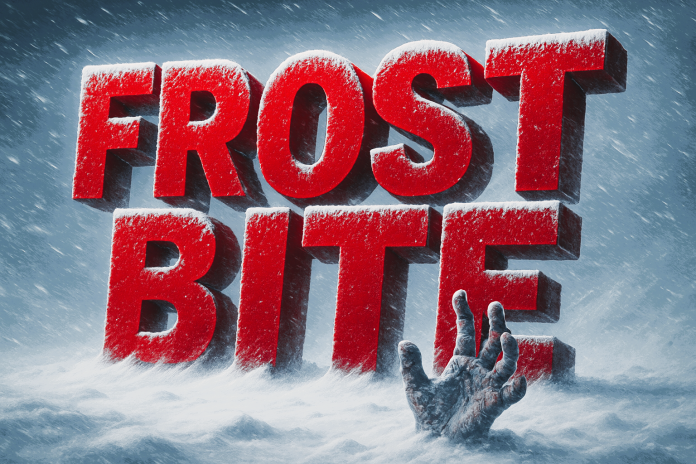Milwaukee, WI – Wisconsin may see a dangerous surge of winter cold heading into Thanksgiving week, raising the risk of frostbite and hypothermia, according to updated projections from the National Oceanic and Atmospheric Administration (NOAA). The agency’s Nov. 19 climate outlook shows a major pattern shift beginning November 25, with colder-than-normal temperatures likely across the Great Lakes and Upper Midwest through early December.
According to NOAA, the cold shift is being driven by several atmospheric factors, including ongoing La Niña conditions, the Madden–Julian Oscillation, and the potential for a rare late-November sudden stratospheric warming event. These influences may funnel Arctic air across the North-Central and Eastern U.S., placing Wisconsin in a heightened frostbite-risk zone.
With holiday travel, hunting season, outdoor events, and early winter sports underway, state health officials warn that frostbite and hypothermia can set in far quicker than many residents expect — especially when strong winds push wind chills well below freezing.
Common frostbite symptoms include:
• Numbness or loss of feeling
• Tingling or prickling sensations
• Cold, hard, waxy-looking skin
• Skin discoloration (red, white, blue, gray, or purple)
• Blisters that may appear after rewarming
Ten key signs of hypothermia:
Shivering, slurred speech, shallow breathing, weak pulse, confusion, memory loss, severe fatigue, stumbling or clumsiness, drowsiness, and — in severe cases — loss of consciousness. Infants may show bright red, cold skin and very low energy.
NOAA urges Wisconsin residents to dress in warm layers, cover exposed skin, and limit time outdoors during the coldest periods of the holiday week. Anyone showing frostbite or hypothermia symptoms should seek immediate medical attention and warm affected areas with warm — not hot — water or gentle body heat.





